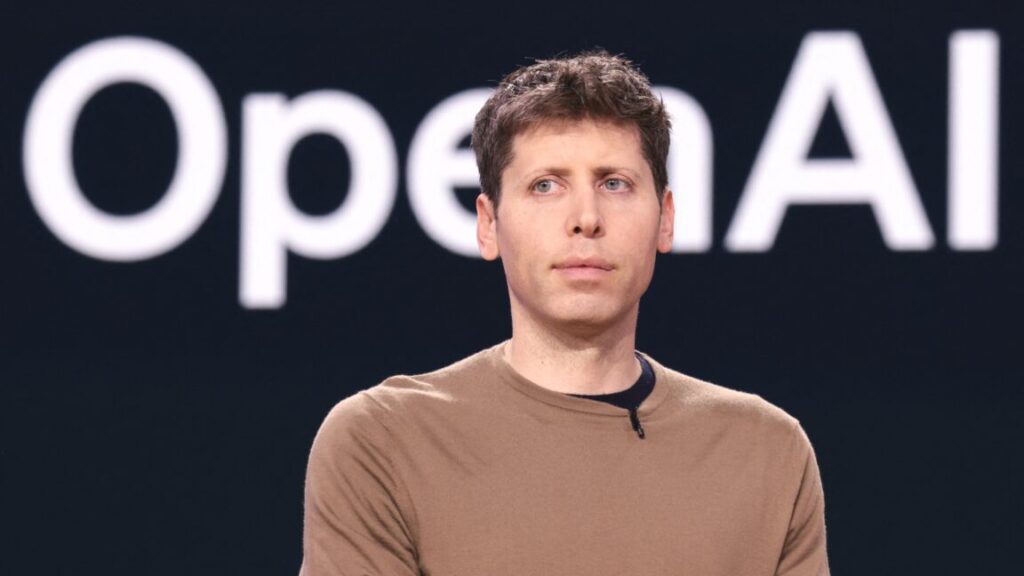US government agency drops Grok after MechaHitler backlash, report says
xAI apparently lost a government contract after a tweak to Grok’s prompting triggered an antisemitic meltdown where the chatbot praised Hitler and declared itself MechaHitler last month.
Despite the scandal, xAI announced that its products would soon be available for federal workers to purchase through the General Services Administration. At the time, xAI claimed this was an “important milestone” for its government business.
But Wired reviewed emails and spoke to government insiders, which revealed that GSA leaders abruptly decided to drop xAI’s Grok from their contract offering. That decision to pull the plug came after leadership allegedly rushed staff to make Grok available as soon as possible following a persuasive sales meeting with xAI in June.
It’s unclear what exactly caused the GSA to reverse course, but two sources told Wired that they “believe xAI was pulled because of Grok’s antisemitic tirade.”
As of this writing, xAI’s “Grok for Government” website has not been updated to reflect GSA’s supposed removal of Grok from an offering that xAI noted would have allowed “every federal government department, agency, or office, to access xAI’s frontier AI products.”
xAI did not respond to Ars’ request to comment and so far has not confirmed that the GSA offering is off the table. If Wired’s report is accurate, GSA’s decision also seemingly did not influence the military’s decision to move forward with a $200 million xAI contract the US Department of Defense granted last month.
Government’s go-to tools will come from xAI’s rivals
If Grok is cut from the contract, that would suggest that Grok’s meltdown came at perhaps the worst possible moment for xAI, which is building the “world’s biggest supercomputer” as fast as it can to try to get ahead of its biggest AI rivals.
Grok seemingly had the potential to become a more widely used tool if federal workers opted for xAI’s models. Through Donald Trump’s AI Action Plan, the president has similarly emphasized speed, pushing for federal workers to adopt AI as quickly as possible. Although xAI may no longer be involved in that broad push, other AI companies like OpenAI, Anthropic, and Google have partnered with the government to help Trump pull that off and stand to benefit long-term if their tools become entrenched in certain agencies.
US government agency drops Grok after MechaHitler backlash, report says Read More »


